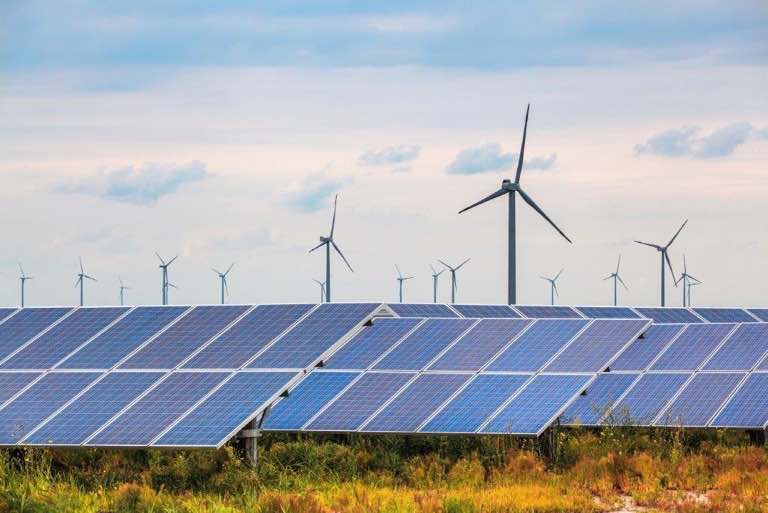Irish renewables company DP Energy has been given the green light to expands its Port Augusta hybrid renewable energy park to a total of 1.1GW of wind, solar and storage.
The company said on Wednesday that it had won state government approval for the proposed second stage of its Port Augusta Renewable Energy Park (PAREP) in June.
Stage 2 of the PAREP, flagged in November last year, would allow up to 500MW of solar PV generation, 400MW of battery storage and 3,000MW seconds of synchronous condenser capacity to be added to a previously canvassed 375MW first phase – a combination of 225MW of wind and 150MW of solar.
“We’ve now received all the necessary government approvals for the project, which is very encouraging,” said DP Energy CEO Simon De Pietro in a statement. And the company says it is nearing financial close for Stage 1.
“This latest development will contribute to Port Augusta becoming the renewable energy capital of Australia now there is no longer coal generation,” he said.
Once completed, the company says the PAREP will offer most of the services of a traditional fossil fuelled power station – which will please even Matt Canavan – but fuelled by renewable energy – which won’t.
It pointed, in particular, to the addition of batteries and synchronous condensers, which it said would give the project the ability to react to fluctuations in both voltage and frequency, to help stabilise the grid and avoid black outs.
“Renewable energy projects are becoming increasingly mainstream, driven by continual technological advances that deliver greater efficiencies and reduced costs,” said DP Energy business development manager, Catherine Way.
“However, the missing piece has always been the ability to provide full grid support and controllable power to match energy demand with energy generation. The unique renewable energy capability of Stage 2 minimises this previous limitation, making this a power station of the future,” she said.
As we have reported, the PAREP is one of an increasing number of wind-solar hybrids being built, including the White Rock and Gullen Range projects in NSW and the Kennedy project in Queensland – which may beat it in size eventually with around 1.2GW.
Topping them all could be the ambitious plan to create an Asian Renewable Energy Hub in the Pilbara region of Western Australia, which all told is aiming for a combined total of 9GW of solar and wind.












